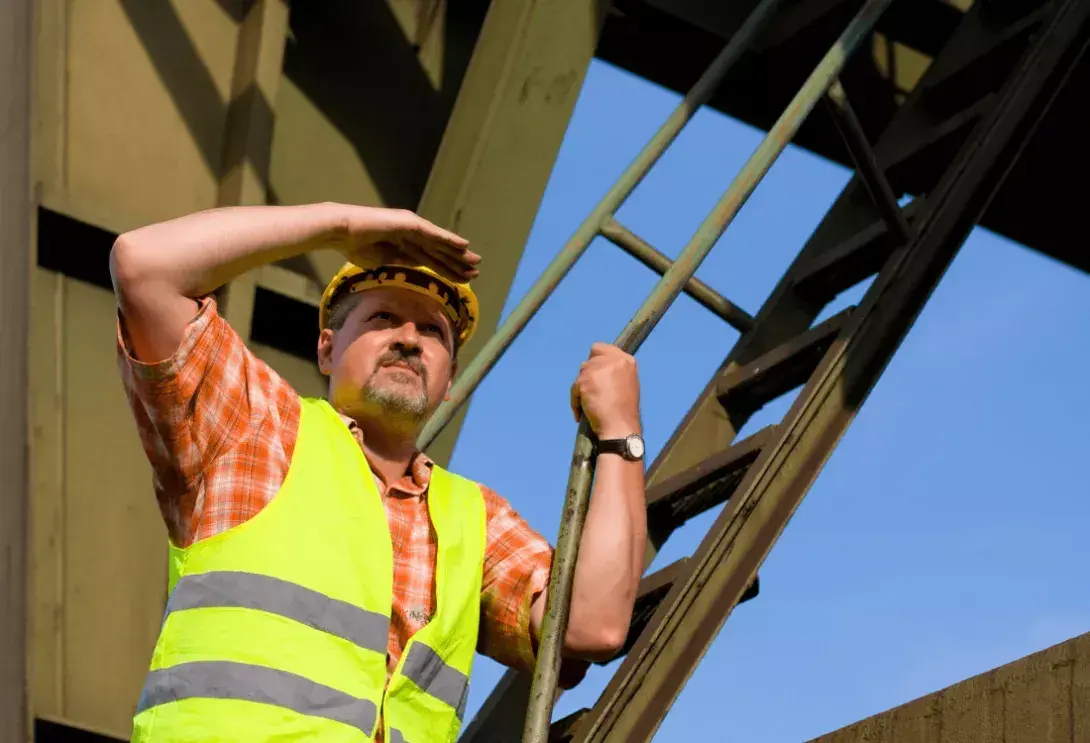The Importance Of Fall Protection Solutions When Working At Heights
By Ray Simmons on Apr 22, 2024 12:00:00 PM

Falls routinely feature prominently in lists of common workplace injuries. Falls from a height often result in serious injuries or even death. This is why all employers must implement robust systems to ensure their employees have appropriate protection from falls. Here is a quick guide to what you need to know.
HSE Statistics on Falls From a Height
According to recent HSE statistics, falls from a height were the cause of 8% of non-fatal injuries to employees and 36% of fatal accidents for workers. In raw numbers, that means about 4800 people were injured in a fall from a height and 50 were killed.
For context, the number of non-fatal injuries caused by falling from a height was a quarter of the number of non-fatal injuries caused by the top reason for non-fatal accidents at work. This was slips, trips or falls on the same level.
By contrast, falls from height were the single biggest reason for fatal accidents for workers. Furthermore, the number of people killed by falls from height was double the number of people killed due to the second-biggest reason for fatal accidents at work. This was being struck by a moving vehicle.
The Law On Height Safety Protection
In essence, the law’s position on height safety protection is the same as the law’s position on any other work-related safety hazard. If possible, the hazard should be eliminated. If that is not possible, employees’ exposure to the hazard should be minimised. If employees must be exposed to the hazard, they must be given the maximum level of protection from it.
Realistically, industries in which workers routinely work at heights (e.g. construction) are unlikely to be able to eliminate this practice any time soon (if ever). They may be able to reduce their workers’ exposure to working at heights but probably not significantly. This means that they generally need to focus on protecting team members when they are working at heights.
The Practicalities Of Fall Protection Solutions
Effective fall protection solutions typically comprise three elements. These are prevention, arrest and post-incident response.
Prevention
Prevention means stopping falls from happening in the first place. For example, the SHEARFORCE ConCEPS solution is used to create a barrier around the edge of shipping containers. This means that a slip or trip is unlikely to result in fatality.
Arrest
Where a robust fall prevention system is not in place, the business must consider either work restraint or fall arrest systems.
There are two reasons why fall arrest systems should be your backup plan rather than your main plan. The first is that it’s better to prevent an incident. The second is that the fit and fitment makes them uncomfortable and in the event of a fall could result in trauma injury to the employees.
Post-Incident Response
Even with robust height safety protection in place, it is very possible that there will be incidents relating to working at height and, specifically, falls from height. These incidents will need to be investigated to ascertain whether the hierarchy of controls for fall protection were followed.
All incidents must be appropriately investigated and documented irrespective if an injury occurred or a near miss. There may be lessons to be learned from them.
To find out more about fall protection systems and how they can help your processes, please get in touch with SHEARFORCE today!
Image Source: Canva
You May Also Like
These Related Stories

Why Using ConCEPS As A Height Safety Measure is Essential

Don’t Settle For Mediocre Fall Arrest: Discover Better Alternatives



No Comments Yet
Let us know what you think